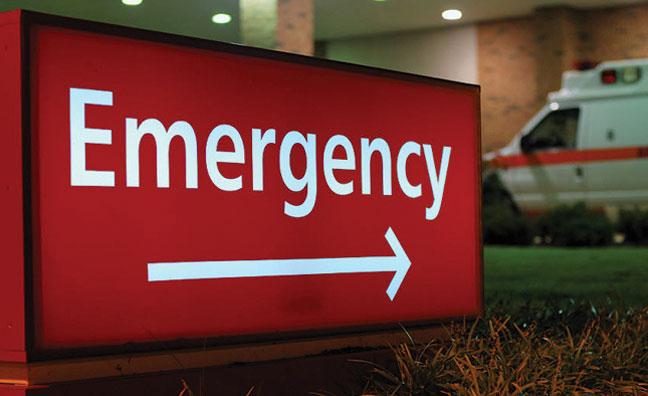Conditions you should not take lightly
Every sports enthusiast knows all about the risks of injury. However, the biggest problem with physical activity isn’t the chance of ending up hurt, but rather underestimating the injury in itself. There are countless examples of athletes misinterpreting their injury, which can easily lead to increase in its severity. This is all owing to the fact that the increased blood flow means an adrenaline boost, which is known for having properties of a pain reducer.  Luckily, there are indications that an injury is more severe than it might seem, so every athlete should pay attention to these signs.
Luckily, there are indications that an injury is more severe than it might seem, so every athlete should pay attention to these signs.
- Concussions – Now here’s something that shouldn’t be taken lightly, no matter how insignificant it might seem. It is a well-known fact that even the smallest of concussions can lead to severe consequences, such as brain swelling and internal bleeding. When it comes to the brain, the obvious issue is the lack of pain receptors. These bleeding and swelling situations can easily (and usually really do) end up life-threatening, so you should make yourself of related symptoms, such as vomiting, headaches, seizures, slurred speech, convulsions, agitations, trouble waking, numbness and general weakness. Bottom line: no matter the severity of a concussion, visit the emergency room, just to be safe.
- Burns – When it comes to heat, our body can respond quite weirdly. Sometimes, it will perceive a burn as a freeze and generally confuse the two. It is therefore no wonder we usually feel the pain of a burn only a couple of hours later. When it comes to severe burns, these can cause permanent tissue damage and therefore require immediate attention. Some areas are particularly problematic when it comes to burns, such as ears, eyes, feet, hands, genitals and major joints. If a burn looks more severe than it may feel, visit the doctor’s office immediately. Additionally, never choose to dress a burn by yourself, as this can lead to further complications.
- Sprains – This is, by far, the most common injury, with regards to sports. A sprain may come in forms of ligament tears, or stretches of connective tissues that joins one bone to another. Sprains are a result of fall trauma, or blows to the body, which can end up in a joint being knocked out of position, or even ligament rupture. Ranging from first degree to third degree (meaning a complete tear), the most endangered areas of body are ankles, knees and wrists. Bruising, swelling, inflammation and general inability to move a joint are the usual indications of sprains.
- Strains – Often confused with sprains, strains are twists, pulls or tears of a muscle or tendon (a cord of tissue that connects muscle to bone). These injuries usually come without contact, as a result from overstretching and general overcontraction. Symptoms such as muscle spasm, pain and loss of strength are the usual signs of a strain. Due to the fact that moderate strains, which can cause many complications, feel similar to mild, benign ones, every strain should be treated professionally at 24 hour emergency care facilities.
- Lacerations – Even though cuts and puncture wounds may not hurt too much, they can cause severe bleeding and even nerve damage, which is why immediate medical attention is vital in order to make sure that potential consequences are kept at bay. If you notice an increased level of bleeding, or seemingly small cuts that just won’t stop bleeding, visit your doctor immediately.
The most dangerous injuries are those that do not seem severe. Keep in mind that there is a reason why we feel pain, despite all its discomfort – it is an indication that things are serious.






